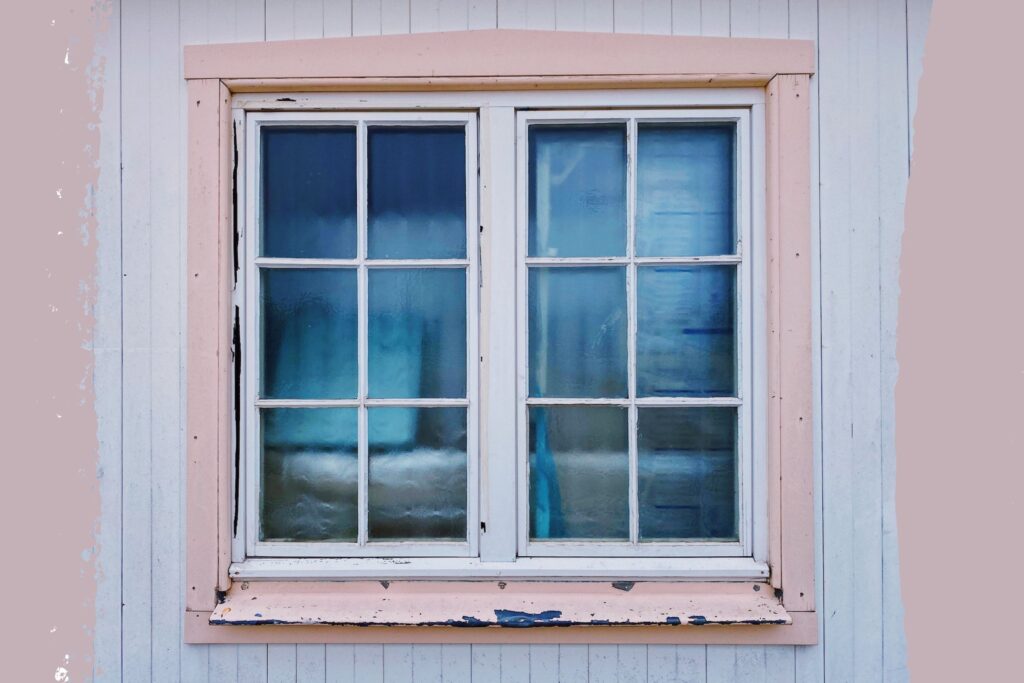Whilst it might feel perverse to mention firing up the central heating, let alone whispering the ol’ W word, let’s face it; winter is coming. Autumn, of course, is well and truly here, with its unmistakable scents and darkening evenings already very much in the air.
As we approach the colder months, it’s essential to prepare our homes for the inevitable temperature drop. While we all look forward to the changing leaves, cosy evenings in front of the television, and warming cups of tea, there is a less than appealing side to the autumn and winter seasons – the likelihood of our homes losing valuable heat. And, the resulting increase in energy bills that brings.
So, how do you keep your home efficiently warm and avoid rising energy bills? Here are some effective strategies you can implement for the coming colder months.
Insulate Your Home Effectively
Insulation is one of the keys to maintaining an energy-efficient house, and its importance can’t be overstated. Proper insulation in your loft, walls, floors, and ceilings can prevent heat from escaping and cold from entering your home. This ensures you have a warm and comfortable environment, even as the temperatures outside plummet.
We realise that a full on insulation project for your property might be prohibitively expensive right now, particularly in a cost of living crisis. Fear not; there are DIY ways you can insulate your home, too. Bare floors can account for as much as 10% of heat loss if they’re not insulated. Invest in carpets or area rugs to keep your feet warm and prevent heat from escaping.

Also consider your windows as a source of heat loss. While an upgrade to double – or even triple – glazing (more of that in a moment) is the most all-encompassing approach to improving the heating efficiency of your home, there are more basic insulating approaches you can take, too. A cost-effective method to improve the insulation of your windows is to attach a special insulation film. The film can be cut to size, attached with double-sided tape and then heated with a hairdryer to shrink it and remove any wrinkles.
Thick curtains or thermal blinds can significantly reduce heat loss through windows, too. They trap a layer of air against the window, which provides an extra layer of insulation.
Finally, insulating your hot water pipes can prevent heat loss, meaning your boiler doesn’t have to work as hard. Pre-formed foam tubes can be purchased, which can be easily cut to size and placed around your pipes.
Upgrade Your Windows To Double Glazing
As the team at Phair, one of the more reputed window companies in Leicester, tell us, when it comes to home heat preservation, windows are a common weak point. Heat can easily escape from single-pane windows, making your heating system work extra hard. Double-glazed windows are a fantastic solution. These consist of two sheets of glass with a gap in between, which creates an insulating barrier to keep the heat in.
In particular, if your home has sash windows, you might have experienced significant heat loss. Traditional sash windows are notorious for being draughty. Upgrading your existing sash windows to double-glazed sash windows could drastically improve your home’s heat retention capability, saving you money on your heating bill. Moreover, it maintains the charm and character of your home. A skilled tradesperson will be able to restore these windows without damaging their integrity or prized aesthetic.

Mind The Gaps
Seal any gaps around windows, doors, and loft hatches to prevent heat from escaping. Even the smallest of gaps can create a significant draught, and heat can be lost from these unexpected places, affecting not only your levels of comfort, but also your energy bills and the carbon footprint of your property. Here are some of the best methods to prevent those pesky draughts:
- Window and Door Draught Excluders: Draught excluders are a simple and cost-effective way to reduce draughts. They come in a variety of shapes and sizes, from long sausage-shaped draught excluders that you can place at the bottom of doors, to adhesive rubber seals that fit around the edges of your windows.
- Weatherstripping: This involves applying a thin strip of material (usually rubber, vinyl or metal) around the windows and doors to seal off small gaps. There are self-adhesive strips available which are very easy to install.
- Caulking: This is a flexible sealant that is applied to the cracks and gaps. Make sure your windows and doors are clean and dry before applying caulk, apply it smoothly and evenly, and allow it to dry before painting over it.
- Expandable Foam: This is a good option for draught-proofing larger gaps around windows and doors. Be cautious while using expandable foam as it expands rapidly and can be difficult to remove if it makes a mess.
- Window Film: Window insulation film is a plastic film which can be applied to glass windows to reduce heat transfer. It’s transparent so you can still see through your windows, but it helps to reduce draughts and increase energy efficiency.
Remember, before you undertake these improvements, it’s important to identify where exactly the draughts are coming from. You can do this on a windy day by moving a lit candle around the door and window edges. If the flame flickers, there’s a draught. Using these methods can prevent draughts and make your home more energy efficient.

Install A Smart Thermostat
A smart thermostat gives you greater control over your home’s heating by allowing you to schedule when it turns on and off. Some models can even learn your daily routine and adjust the heating accordingly. This improved efficiency helps your home stay warm and reduces waste, thereby saving you money.
Read: Why you should switch to a smart thermostat

Service Your Boiler
Regular boiler servicing will keep your boiler operating at maximum efficiency. Ensure it’s up to the job of warming your home by having it serviced annually. Now is the perfect time to get your boiler in top shape, so when it’s time to crank up the central heating, you can be confident that you’re not wasting energy.
The Bottom Line
There are numerous ways to prevent your home from losing heat during the winter months. By implementing these strategies, you’ll not only have a warm, comfortable home but also see a significant reduction in your energy bills. So why wait? Start preparing your home today and ensure that you get the most out of these cosy seasons.





